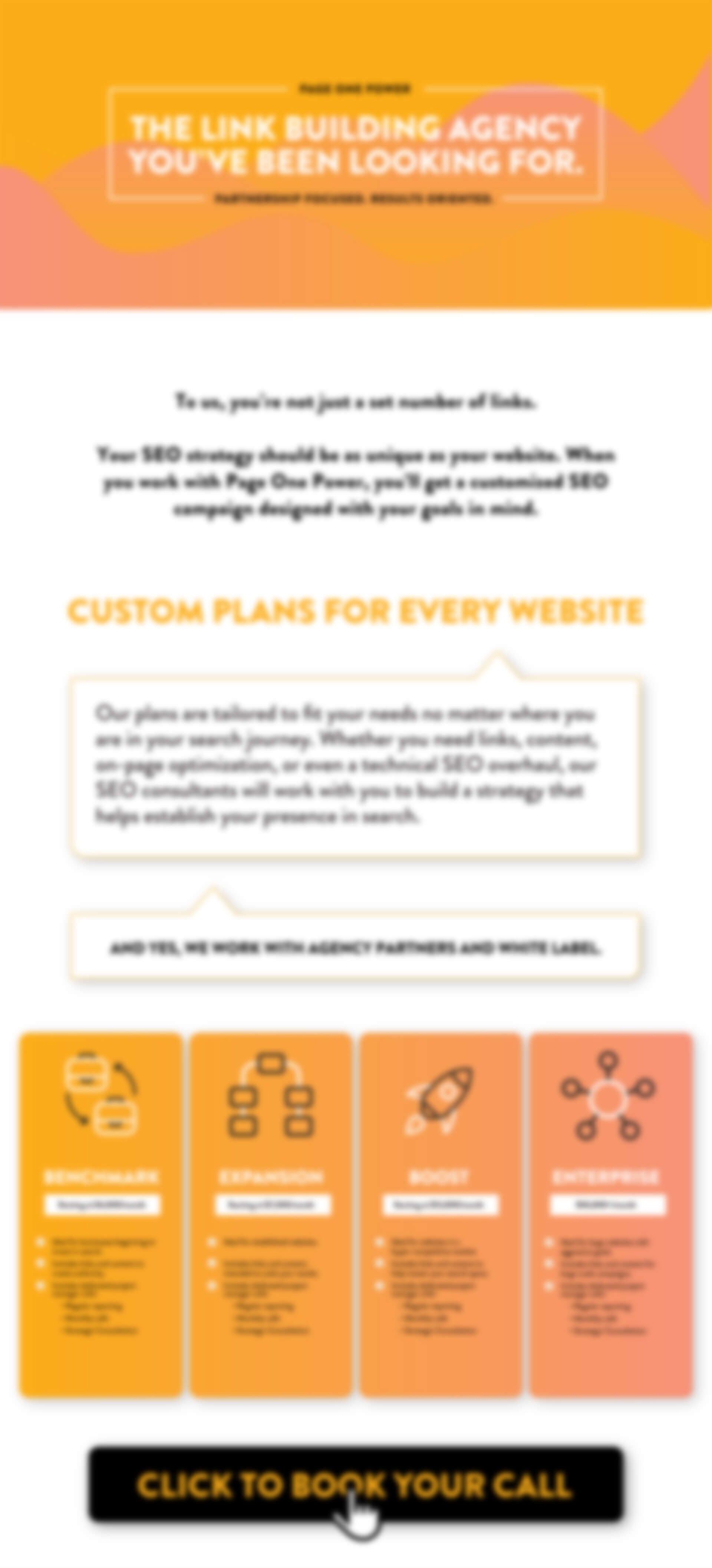If it feels like your brand is disappearing from search, it might be because people aren’t searching the way they used to.
They’re not typing ten different queries. They’re asking one.
And instead of sifting through ten blue links, they’re getting one AI-generated answer, summarized, sourced (maybe), and wrapped up in a neat little paragraph above the fold.
So… how does that answer get made?
Welcome to the world of LLM content selection. It's not magic. It’s machine logic. And if you want your content to show up in those AI summaries—on Google’s AI Overviews, ChatGPT, or Claude—you need to understand how large language models (LLMs) “choose” what to include.
Let’s break it down.
LLMs Don’t Know Facts—They Predict Words
First, a quick reality check: LLMs aren’t pulling facts from a database. They’re predicting the next word based on the data they were trained on (or retrieved during the query, depending on the model). They're guessing, just at a very high level.
Think of them as improv actors: they're responding to prompts using everything they’ve read before (training data), sometimes with help from a script (real-time retrieval).
This matters because it means LLMs don’t “know” your brand exists unless:
- They were trained on your content
- They can retrieve your content at generation time
- Other trustworthy sources mention your brand
So, if your content isn’t in the training data or is not considered worthy of retrieval, your insights won’t be surfaced. Simple as that.
How LLMs Choose What to Include (a Beginner’s Breakdown)
Let’s focus on how LLMs with real-time search (like AI Overviews or Copilot) pull and prioritize information.
Most use a process called retrieval-augmented generation (RAG). Here's how it works in plain English:
- The user types a question.
- The system searches its index (like a mini search engine) for relevant sources.
- The LLM pulls text snippets from those sources.
- It generates a summary based on those snippets.
So what does it take to be one of those “chosen” sources?
This is where things start to feel familiar—for SEOs and content folks, at least.
Visibility Still Depends on Trust, Authority, and Relevance
Here’s the good news: the same things that helped you rank in traditional search are still helping you show up in LLM responses.
High-authority sources
If trusted sites cite you (think: news outlets, universities, government domains, or strong niche publications), you’re more likely to be included.
Well-structured content
Clear headers, concise paragraphs, and question-answer formats make it easier for AI systems to understand and quote you.
EEAT-friendly content
Expertise, Experience, Authoritativeness, and Trustworthiness still play a major role. If your content reflects those values, you’re in better shape.
Strong backlink profile
Backlinks remain a huge credibility signal. If reputable sites link to your content, that signal carries over into AI-powered retrieval.
Digital PR: Your Brand’s AI Visibility Insurance Policy
One of the most effective ways to influence what LLMs include is to increase your brand’s visibility in the right places.
That’s where digital PR comes in.
If your brand earns coverage in respected media outlets, industry blogs, or niche roundups, you’re planting breadcrumbs for AI systems to follow. You’re telling the model: “Hey, we’re not just shouting into the void. Others trust us too.”
So… Why Should You Care?
Because SEO is no longer just about ranking #1.
It’s about being included in the answer.
If you're not influencing the sources LLMs draw from, you're not part of the conversation, regardless of how good your content is. And if you're relying only on your site to carry your visibility, you're playing the game short-handed.
To show up in AI-powered search, your content needs:
- Links from respected, relevant sources
- Clear formatting that’s easy for machines to parse
- Author signals that show credibility
- A digital presence that extends beyond your domain
This is where SEOs and content creators need to work together. Technical optimization gets you indexed. Strategic content and outreach get you included.
TL;DR (But Seriously, You Should Read This Whole Thing)
- LLMs “choose” what to include based on authority, structure, and retrieval signals.
- They’re not fact-checking—they’re word-predicting based on input and context.
- If you want your brand to be part of AI-generated answers, invest in digital PR, strong backlinks, and EEAT-rich content.
- AI search isn’t replacing SEO. It’s evolving it. Adapt accordingly.

